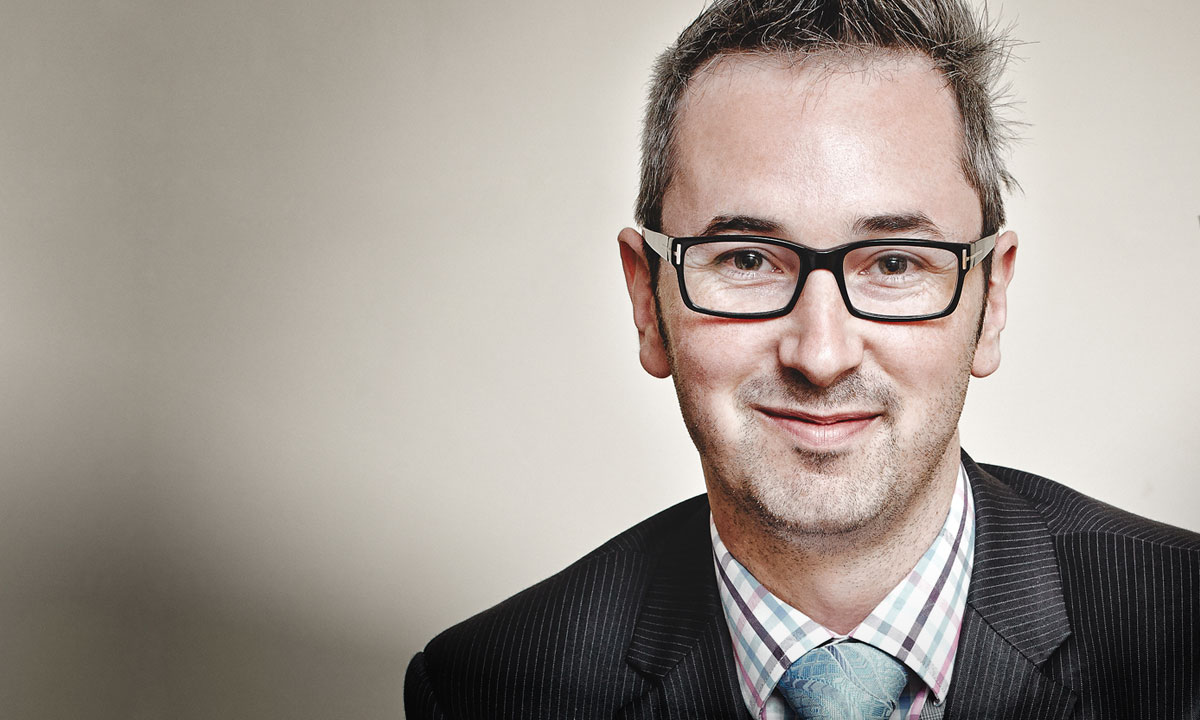Why the Hell Do We Do Things With Others?

Francis Gosselin
The notions of collaboration and collaborative work are much in vogue these days, in academia and in actionable contexts. For several years now, Barcelona-based entrepreneur Alfons Cornella has been proclaiming the arrival of a new era: one in which, to paraphrase him, “the world is co—”. Most of us will grant him his point. But why?
Co-create, co-design, co-make, co-whatever-you-want — there seems to be a recognition in the business and education worlds that togetherness is greater than solitude, from the most basic teachings of science to the higher purposes of philosophy.
Very rarely though, do we ask ourselves what collaborative work entails: is there only one type? If not, how can we make it work more efficiently? How much time is required? And what about trust? Why the hell would we want others when we can simply go it alone, and get things done?
On your marks, get set
Despite all the noise around ambitious behavioural models and senseless visual representations — also very popular in academic circles — very few things are in fact required to make for a successful collaborative endeavour. The only crucial question is whether or not these elements are brought in at the right time, by the right person, and with the right objective in mind. Simple? Not so much. But there is hope.
A limited and comprehensive set of rules have been regrouped by Kaospilots under the concept of “preject” — that is, a short moment taken by a group to define its basic ways of working, as well as the roles, rules and expectations of each contributor.
The purpose of the preject is manyfold: it allows the group to agree on a direction, by which, through dialogue, participants will reach a certain alignment in their views. In doing so, and by letting every potential contributor an opportunity to contribute to the task definition, collaborators are able to reach a higher level of commitment. Alas, it also serves as an opportunity to survey the resources available (both mentally, physically, or monetarily) and decide whether those present are sufficient for the objective set forth.
A handful of questions
In order to set the project team following these precepts, a few questions may come in handy. Borrowing further from ideas drawn from “The Art & Craft of Facilitating Learning Spaces“, crucial elements to be explored consist of:
Identifying why the individuals present have been assigned to this specific project, which consists of a mixture between auto-evaluation and self-declaration of purpose;
Defining how the group wants to work together in order to take advantage of its specific assemblage — this is where the roles and the rules are defined, and when possible, laid out in full view to serve as a constant reminder throughout the project;
Agree on key criteria to establish the quality of the end result, both in qualitative and quantitative terms. In other words, how will your team know that it has succeeded at the task laid out before it?
Propose more specifically (if not a given) the timeline considered, the key deliverables and the ensuing schedule that will guarantee completion in time.
Having agreed on the previous four, review what each individual proposes to bring to the group in terms of abilities, competencies, connections and knowledge. This may be a great opportunity to identify shortcomings in the group compositions, and to draw on your network to bring in other key players to contribute to getting the work done.
A return on time well invested
We often get caught on a path that was determined by previous decisions. In certain cases, these decisions weren’t even ours — yet they define the context in which we feel obligated to evolve: the questions, the objectives, the framing of our ambitions…
Defining and taking the time to structure a proper preject process allows all contributors to a project to elevate themselves, and take a bird’s eye view on the work to be accomplished in later stages. Though it may seem time-consuming (proper prejecting should take no less than 30 minutes depending on group size), it is an investment in the team that always generates a return — most of all by removing the possibility of working on a problem that’s inaccurately defined, or simply irrelevant.
We need collaboration because then world has increased in complexity. We know more, faster, and so we need others to make sense of it all. That is especially true when honing home some creative ideas, whose market outcomes are uncertain. When that happens, preject your projects. Only then will you truly be able to understand why the hell you need to collaborate with others.
President and co-founder of f. & co, Francis Gosselin holds a Ph.D. in Economics from the University of Strasbourg. A HEC Montréal graduate in International Business, he has worked with several administrative bodies in Canada, France and the United States, in the fields of economic and cultural development. Gosselin is alumni of The Banff Centre.